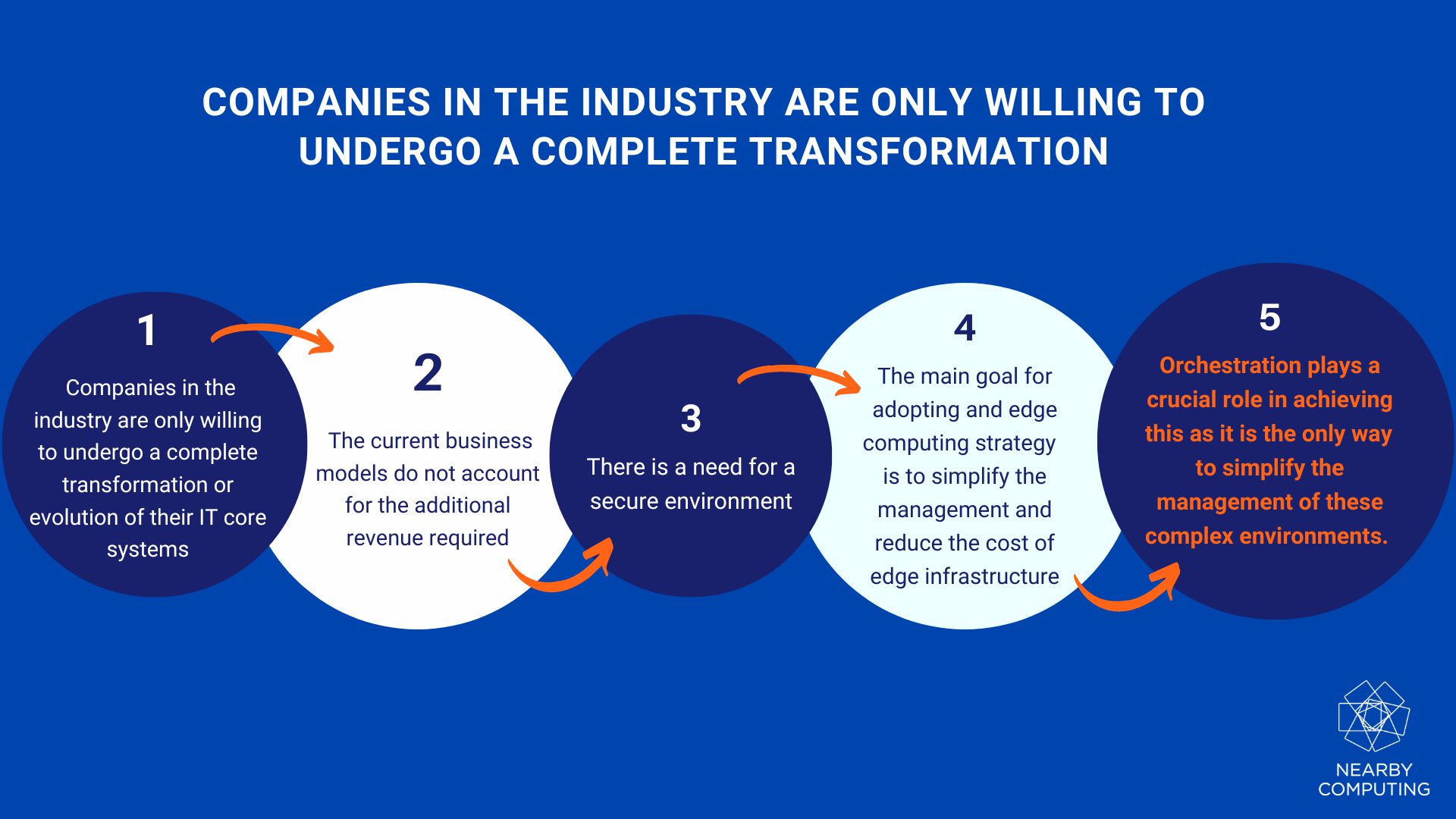Blog | nearby computing
Why Enterprises Can’t Afford to Ignore an Edge-to-Cloud Orchestration Platform in their digital transformation strategy
As companies undergo digital transformation, their dependence on technology increases. The industry is looking for ways to harness the potential of the Internet of Things (IoT) and 5G at the core of their business operations. This requires the use of Edge Computing technologies (Edge-to-Cloud Orchestration Platform), which are crucial in various industrial use cases such as Mission Critical Push-to-talk and/or Security Video analytics, among others. This leads to greater complexity and technological knowledge, forcing technology departments to find efficient ways to manage these complex and specific environments.
By the end of 2026, it is projected that 70% of large enterprises will have a documented strategy for edge computing, compared to less than 10% in 2023 (Gartner, 2023).
As the adoption of edge computing grows, there is a need for players who can effectively manage the complexity of edge infrastructure. However, there are critical problems that currently limit the widespread adoption of new edge computing solutions:
Companies in the industry are only willing to undergo a complete transformation or evolution of their IT core systems once advanced mechanisms are developed to provide them with tight control over operational expenses (OPEX).
The current business models do not account for the additional revenue required to cover the significant expenses of deploying edge computing solutions at scale. This calls for innovative tools and platforms that can transparently manage the increased heterogeneity and ensure seamless interoperability.
There is a need for a secure environment where different services can run on the same infrastructure at the edge.
To address these limitations and adopt the Edge Computing paradigm, the main goal is to simplify the management and reduce the cost of edge infrastructure.
Orchestration plays a crucial role in achieving this as it is the only way for companies to simplify the management of these complex environments.
Orchestration involves stringing together multiple tasks to execute larger workflows or processes, ideally from the cloud to the edge. Automation simplifies the management and reduce the infrastructure.
An edge-to-cloud platform orchestrator is a critical component of an edge computing architecture. It helps manage and coordinate the deployment and operation of edge-native and cloud-native applications and services.

Unleash all your business potential with an Edge-to-Cloud Orchestration Platform
The use of an edge-to-cloud orchestrator brings several opportunities to businesses:
Enabling real-time data processing: An edge-to-cloud orchestration platform allows the deployment of edge applications that can process data locally, closer to the source. This is essential for industries that require real-time data processing for intelligent decision-making, such as Industry 4.0.
Improving operational efficiency: An edge-to-cloud orchestration platform facilitates the integration of various systems and processes, leading to improved operational efficiency. It can automate and optimize tasks and processes, supporting a DevOps approach and enabling faster application deployment.
Enabling predictive maintenance: An edge-to-cloud orchestration platform enables predicting and preventing equipment failures by monitoring equipment performance in real-time and providing predictive maintenance alerts. This is crucial for industries that rely on preventing equipment failures before they occur.
Enabling autonomous systems: An edge-to-cloud orchestration platform helps enable the development of autonomous systems that can operate without human intervention. It can manage the deployment of edge applications that enable autonomous decision-making and control, a key requirement for Industry 4.0.
Enabling secure and reliable operations: An edge-to-cloud orchestration platformensures various systems and processes’ secure and reliable operation. It can deploy edge applications that ensure data privacy, security, and reliability, which are essential in industries that require secure and reliable operations.
The Role of NearbyOne
NearbyOne is an Edge-To-Cloud Platform and orchestration framework designed to overcome the above-mentioned limitations and facilitate the adoption of Edge Computing. It offers a unique model-driven approach and seamless interoperability, reducing operational costs, automating complex processes, and enabling the deployment of new high-value services.
NearbyOne enables companies to accomplish their digital transformation by simplifying the complex architectures required by the new generation of enterprise-edge applications.




